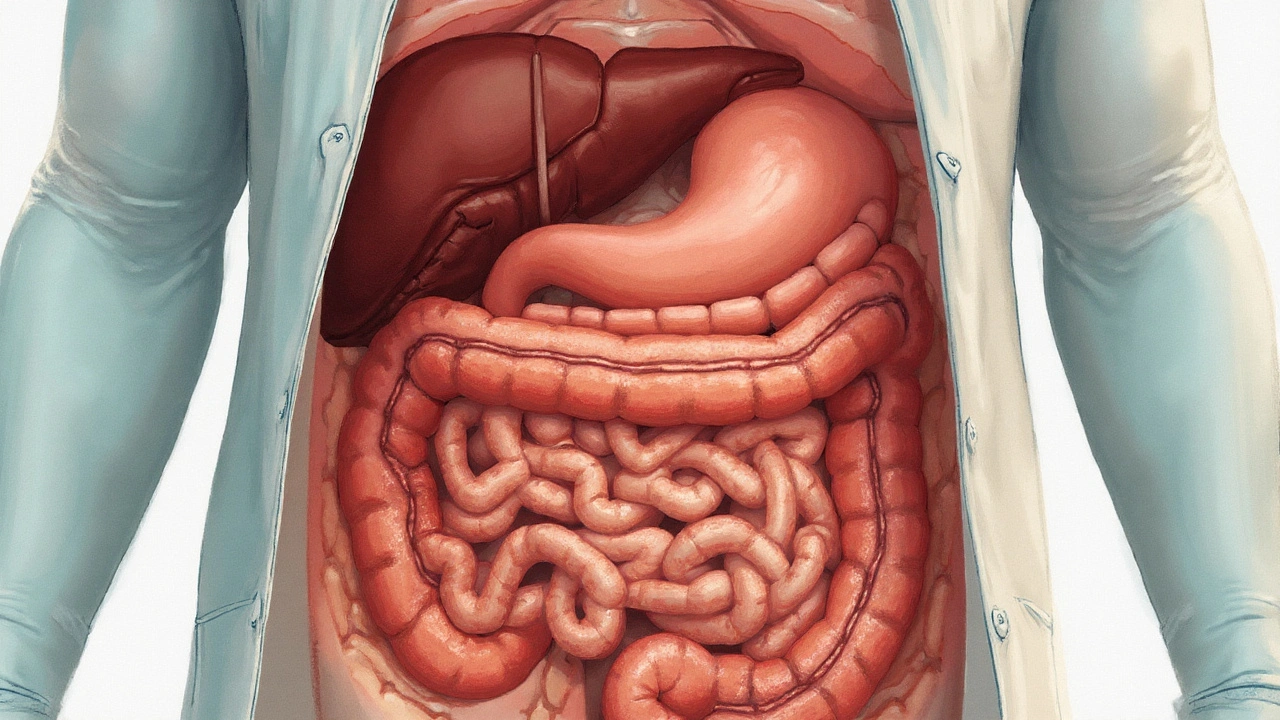If your doctor mentioned ERCP, you might wonder what it actually involves. ERCP stands for Endoscopic Retrograde Cholangiopancreatography. It’s a mouth‑to‑body exam that lets doctors look at the bile ducts, gallbladder, and pancreas using a thin tube with a camera. The goal is to spot blockages, take tiny tissue samples, or place a stent to keep a duct open.
Most people need ERCP when they have gallstones that have slipped into the bile duct, unexplained jaundice, or pancreas inflammation that won’t go away. The test can also help diagnose cancers of the bile ducts or pancreas. Because the camera goes right to the source, doctors can do treatment during the same visit—like removing a stone or widening a narrowed duct—so you avoid additional surgeries.
While many imaging tests (ultrasound, CT, MRI) give a picture, ERCP gives a live view and a chance to intervene. That’s why gastroenterologists often reserve it for cases where a clear action plan is needed.
Preparation is simple. You’ll usually be asked not to eat or drink for about 6 hours before the appointment. If you take blood thinners, your doctor may tell you to pause them for a few days to lower bleeding risk. On the day of the test, a nurse will start an IV line, and a sedative will keep you comfortable—most people feel drowsy but not fully asleep.
The endoscope is gently guided through your throat, down the esophagus, and into the duodenum. A tiny X‑ray dye is sprayed onto the ducts, making them glow on the monitor. The whole process typically takes 30 to 60 minutes.
Afterward, you’ll rest in a recovery area until the sedative wears off. Mild throat soreness, a bloated feeling, or a little gas are common and usually fade within a day. Your doctor will give you specific instructions—like drinking plenty of fluids, watching for fever or severe abdominal pain, and avoiding heavy lifting for a couple of days.
If a stone was removed or a stent placed, you might need a follow‑up scan in a few weeks to confirm everything’s clear. Most people return to normal activities within 24‑48 hours, but listen to your body and don’t rush if you feel tired.
Complications are rare but possible. They include pancreatitis (inflammation of the pancreas), infection, or bleeding where a duct was cut. If any of these happen, your doctor will treat them right away, often with medication or a short hospital stay.
In short, ERCP is a powerful tool that lets doctors both diagnose and treat tricky bile‑duct or pancreatic problems in one go. Knowing what to expect, how to prepare, and how to care for yourself afterward can make the experience smoother and less stressful.

Explore how pancreatic duct blockage disrupts digestion, the signs to watch for, diagnostic tools, and effective treatments to restore gut health.